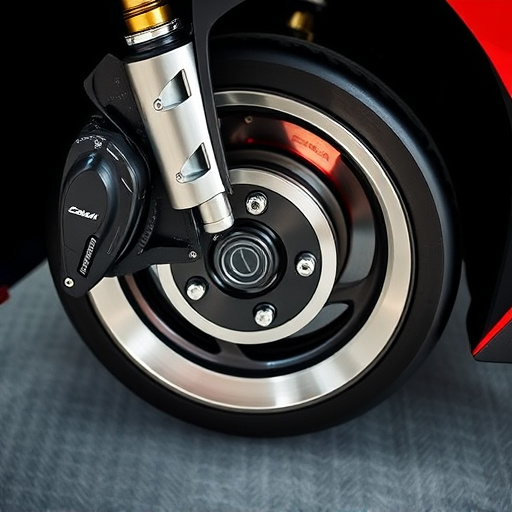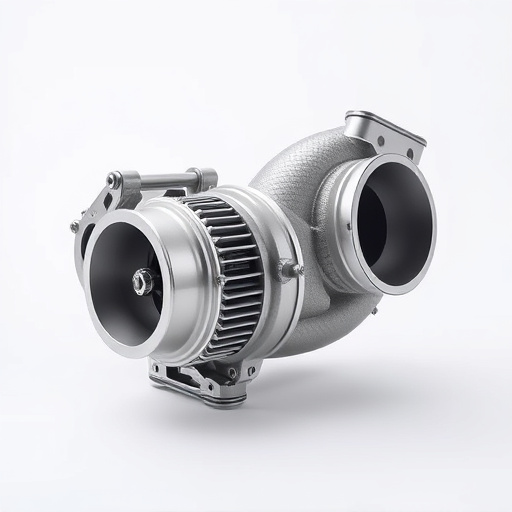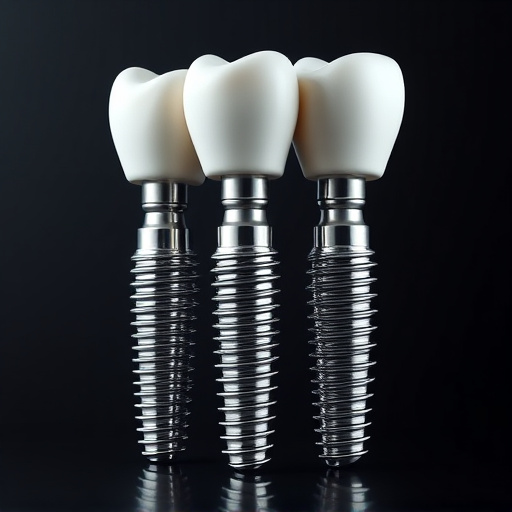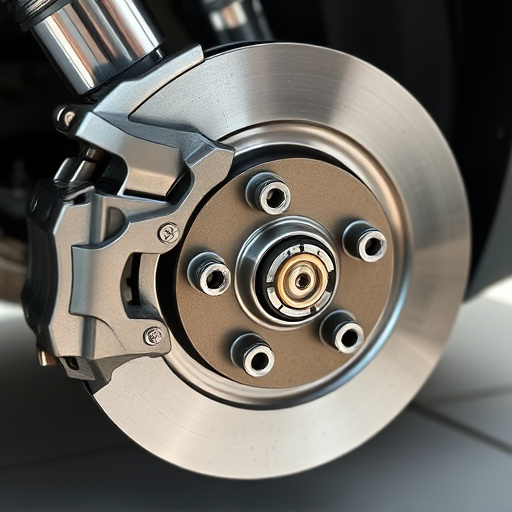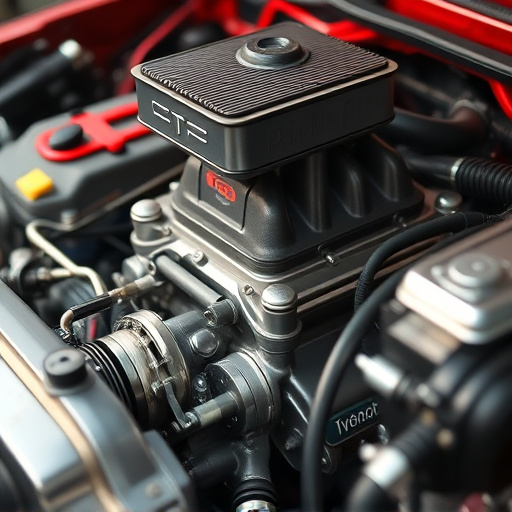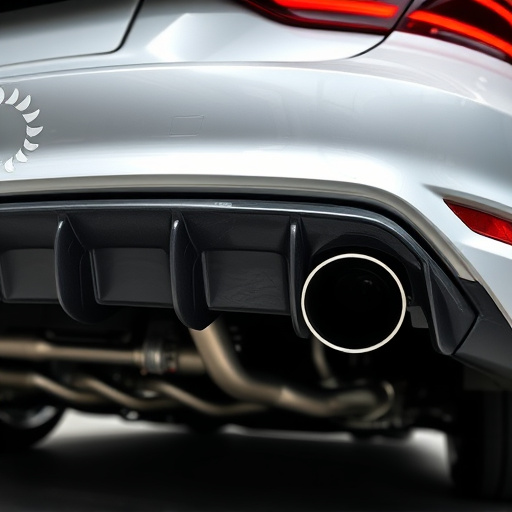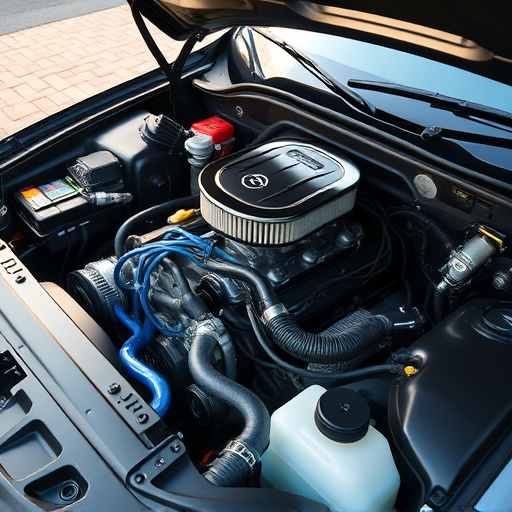Brake pads and rotors are critical for safe driving, enduring heat and friction to enable stopping. Regular maintenance, every 30,000-60,000 miles, replaces worn pads and inspects rotors. Worn rotors impair braking efficiency, increasing stopping distances and potential overheating. Choosing proper brake pads based on driving style and vehicle specifications enhances performance and reduces wear.
Brake pads and rotors are critical components that directly impact your vehicle’s performance and safety. Understanding their functions and maintaining them is essential for optimal driving experience. This article delves into the intricacies of these parts, exploring how they affect braking efficiency and overall vehicle performance. We’ll guide you through choosing the right pads to ensure safe and smooth rides, considering both brake pad types and rotor conditions.
- Understanding Brake Pads and Their Function
- The Impact of Worn Rotors on Braking Efficiency
- Choosing the Right Pads for Optimal Vehicle Performance
Understanding Brake Pads and Their Function
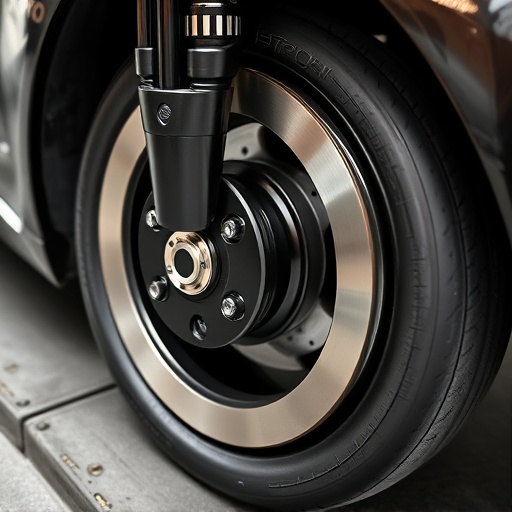
Brake pads are an integral part of a vehicle’s braking system, serving as the critical interface between the car’s brakes and the rotors. These pads are designed to withstand extreme heat and friction, ensuring drivers can stop their vehicles safely and efficiently. When a driver applies the brakes, pressure is transmitted through the brake fluid, pushing against the pad, which then contacts the rotor, creating a controlled deceleration.
The function of brake pads goes beyond simply slowing down or stopping a vehicle. The quality and condition of these pads significantly impact overall vehicle performance, including handling, cornering, and overall safety. Over time, pads wear out, losing their effectiveness and potentially leading to increased braking distances. Therefore, regular maintenance and replacement are essential, often recommended every 30,000 to 60,000 miles or as per manufacturer guidelines. This involves not only replacing the brake pads but also inspecting other related brake components to ensure optimal performance.
The Impact of Worn Rotors on Braking Efficiency
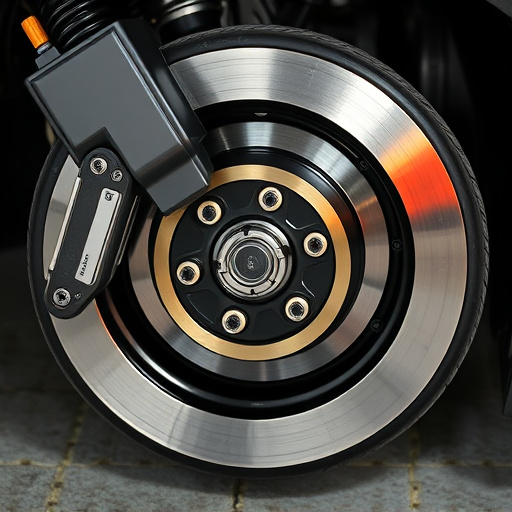
Worn or damaged rotors can significantly impair a vehicle’s braking efficiency, leading to longer stopping distances and reduced control. When brake pads make contact with worn rotor surfaces, it results in increased friction, causing the brakes to heat up faster. This overheating can lead to performance issues such as reduced braking power and even warping of the rotors over time.
Additionally, old or damaged rotors can cause pulsation or vibration during braking, indicating that the brake pads are not making consistent contact with the rotor surface. Such conditions not only affect the overall braking efficiency but also contribute to increased wear on both the brake pads and rotors. Regularly inspecting and replacing these brake components is crucial for maintaining optimal vehicle performance, ensuring safety, and extending the life of other related parts such as suspension kits and performance air filters.
Choosing the Right Pads for Optimal Vehicle Performance
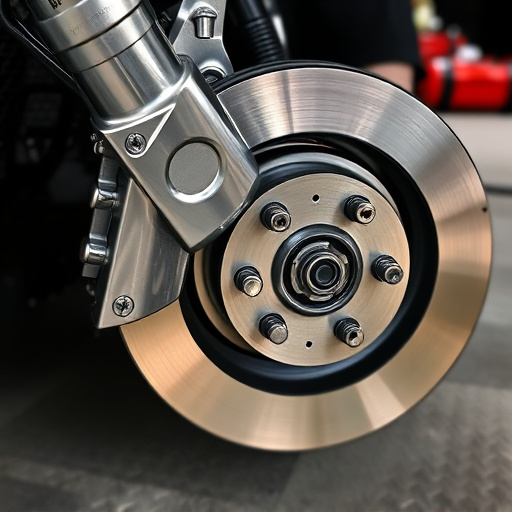
Choosing the right brake pads is paramount for maintaining optimal vehicle performance. Different pads are designed to suit various driving styles and conditions. For example, high-performance drivers who frequently stop and go in heavy traffic may benefit from ceramic or metal-based pads, which offer excellent heat dissipation and reduced dust generation. On the other hand, daily commuters who prioritize quietness and low dust emissions should consider organic brake pads, known for their smooth braking and minimal noise.
Additionally, understanding your vehicle’s air intake systems is crucial when selecting pads. Some advanced systems require specific pad compositions to ensure optimal performance without compromising the engine’s breathability. By aligning brake pads with both driving style and vehicle specifications, drivers can experience improved stopping power, reduced wear, and enhanced overall vehicle performance.
Brake pads and rotors are critical components that directly impact vehicle performance and safety. By understanding their functions and keeping them in optimal condition, drivers can ensure better braking efficiency, smoother stops, and enhanced overall driving experience. Regular maintenance and choosing the right pads for your vehicle can prevent costly repairs and make your rides safer and more enjoyable.




